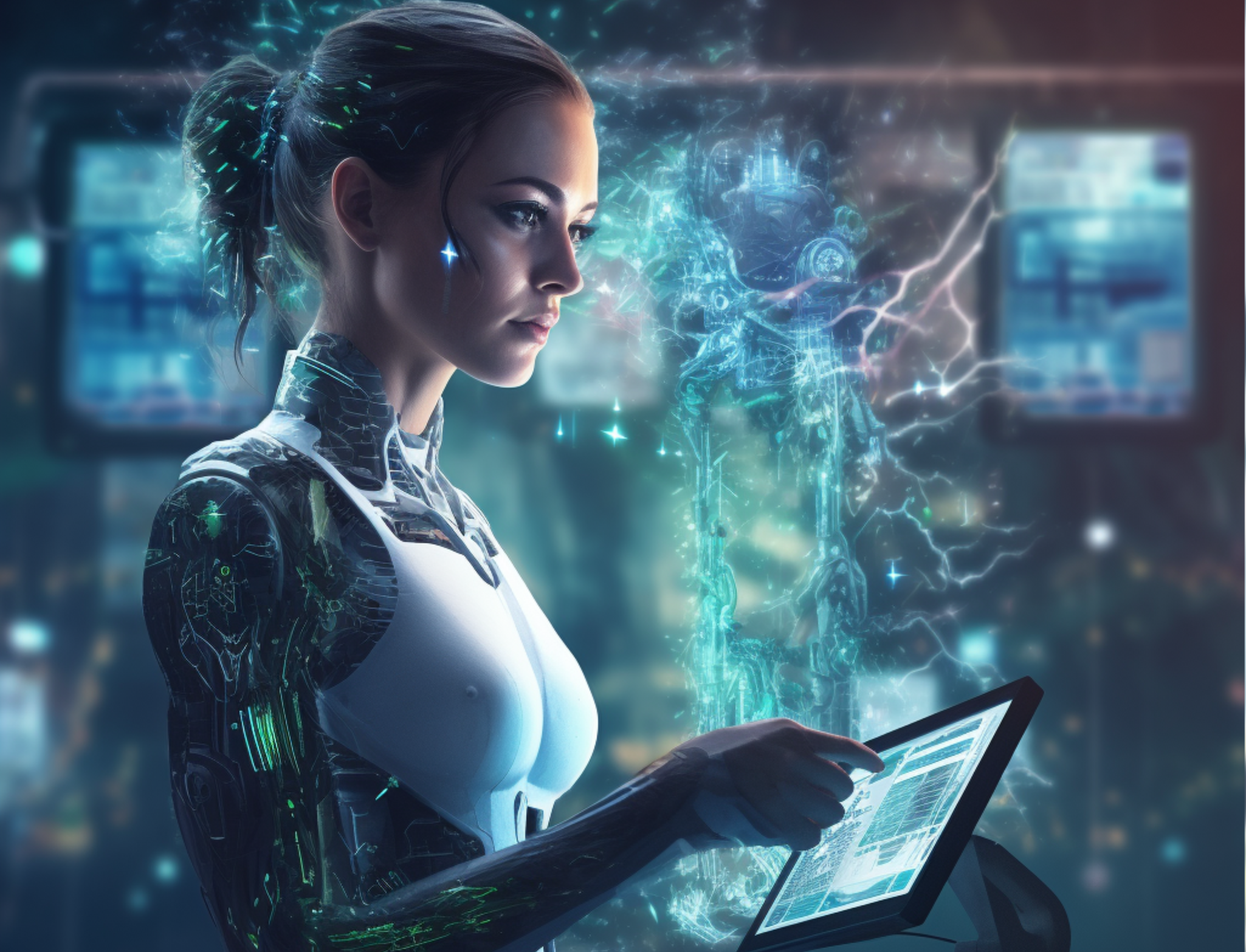It has been suggested that this article be merged with Synthetic media. (Discuss) Proposed since July 2023. |
Generative artificial intelligence (AI) is artificial intelligence capable of generating text, images, or other media, using generative models. Generative AI models learn the patterns and structure of their input training data and then generate new data that has similar characteristics.

In the early 2020s, advances in transformer-based deep neural networks enabled a number of generative AI systems notable for accepting natural language prompts as input. These include large language model chatbots such as ChatGPT, Bing Chat, Bard, and LLaMA, and text-to-image artificial intelligence art systems such as Stable Diffusion, Midjourney, and DALL-E.
Generative AI has uses across a wide range of industries, including art, writing, software development, product design, healthcare, finance, gaming, marketing, and fashion. Investment in generative AI surged during the early 2020s, with large companies such as Microsoft, Google, and Baidu as well as numerous smaller firms developing generative AI models. However, there are also concerns about the potential misuse of generative AI, including cybercrime or creating fake news or deepfakes which can be used to deceive or manipulate people.


